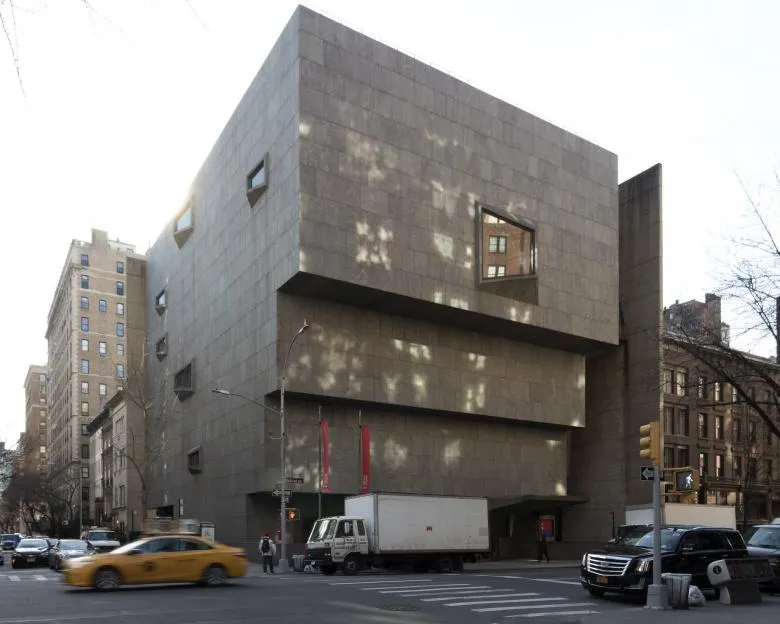Sotheby's Buys Whitney's Breuer Building
Sotheby's buys Whitney's Breuer building. Since the Whitney Museum relocated to the Meatpacking District in 2015, there has been mounting speculation on the fate of the brutalist structure that was constructed in 1966 at 945 Madison Avenue.
Author:George EvansJun 05, 202355.2K Shares1.2M Views

Sotheby's buys Whitney's Breuer building. Since the Whitney Museum relocated to the Meatpacking District in 2015, there has been mounting speculation on the fate of the brutalist structure that was constructed in 1966 at 945 Madison Avenue.
This move came in the wake of failed expansion plans by architects Michael Graves, Rem Koolhaas, and Renzo Piano.
Even though the Breuer building is located in the Upper East Side (UES) Historic District, which means that the Landmarks Preservation Commission must approve any alterations to the building's exterior, the building itself is not a standalone landmark with protections that extend to the building's interior spaces, despite the fact that these spaces are arguably just as important as the building's exterior form.
The Metropolitan Museum of Art was the first organization to assume ownership of the empty building once it was donated to them. A contract to carry out repairs was awarded to Beyer Blinder Belle in 2016, and ever since then, the museum has been staging shows on Siah Armajani and other modern artists under the banner The Met Breuer.
After that, in the year 2021, the building received its new name, which was the Frick Madison, and it continued to function as a temporary housing for the Frick Collection up to the enlargement of its UES house, which was created by Selldorf Architects. The relocation of Sotheby's business activities into the Breuer building is scheduled to take place when the current construction project is finished the following year.
However, this time around, rather than leasing it from the Whitney, Sotheby's will be the new owner. They will be acquiring the five-story, 82,000-square-foot structure entirely – "for about $100 million."
People who were concerned about the building's future will be relieved to learn that it has been sold. This is especially true in light of the following statement made by the CEO of Sotheby's, Charles F. Stewart, in a statement:
“„We often refer to the provenance of artwork, and in the case of The Breuer, there is no history richer than the museum which has housed the Whitney, Metropolitan and Frick collections.- Charles F. Stewart
Under Sotheby's stewardship, the auction house says that an architect will review the building with an eye to renewing and restoring its internal spaces and key elements - especially the striking lobby once it takes ownership.
The announcement was made only four years after Sotheby's finished renovating its offices within an old cigar factory and camera warehouse on York Avenue, also located on the Upper East Side (UES).
This project resulted in the production of 90,000 square feet across 40 galleries; thus, the auction house will experience some degree of contraction when it relocates to the Breuer building.
Final Words
Have no worry, as Sotheby's is also planning to shortly establish Gantry Point, a facility in Long Island City that will be used for the company's processing and storage activities.
This location will have a total area of 240,000 square feet. This facility is scheduled to open later this year, and its relocation from York Avenue to Madison Avenue is scheduled to take place in 2025.
Jump to

George Evans
Author
George Anderson, an exceptional architectural designer, envisions and brings to life structures that transcend the realm of imagination. With an unwavering passion for design and an innate eye for detail, George seamlessly blends form and function, creating immersive spaces that inspire awe.
Driven by a deep appreciation for the interplay of space, light, and materials, George's innovative approach redefines the possibilities of architectural design. His visionary compositions leave an indelible mark, evoking a sense of wonder and transforming the built environment.
George Anderson's transformative designs and unwavering dedication continue to shape the architectural landscape, pushing the boundaries of what is possible and inspiring generations to come.
Latest Articles
Popular Articles